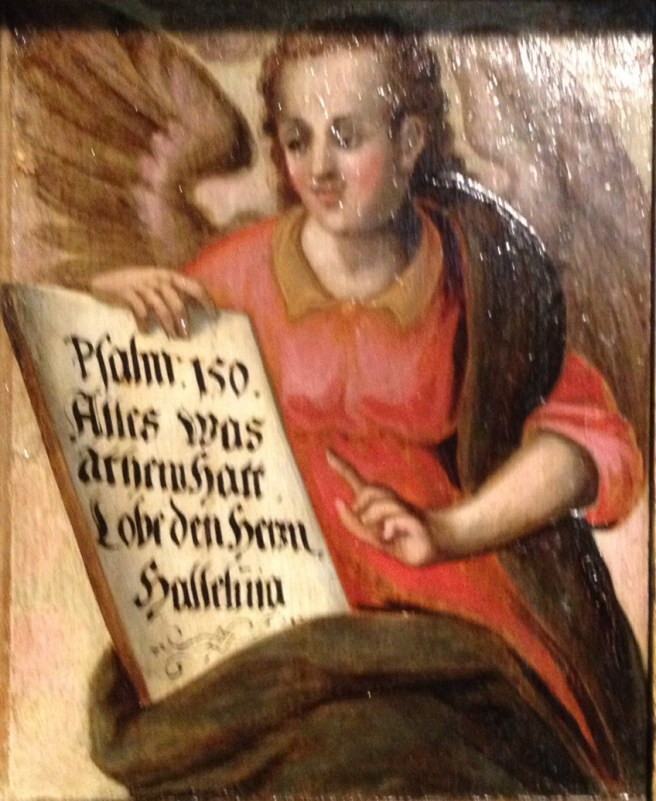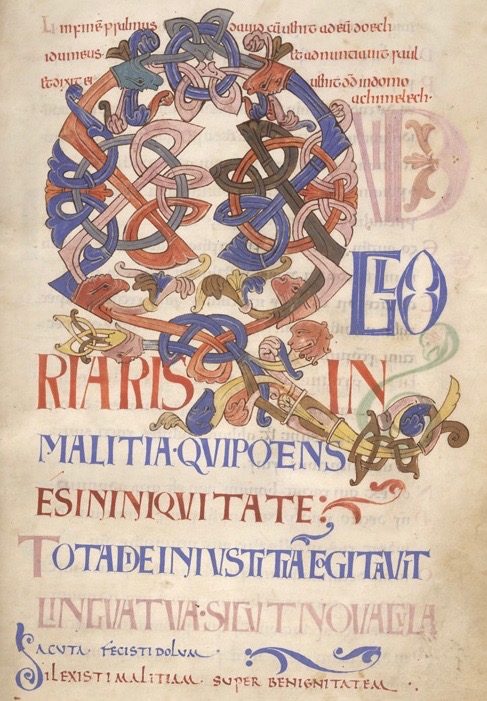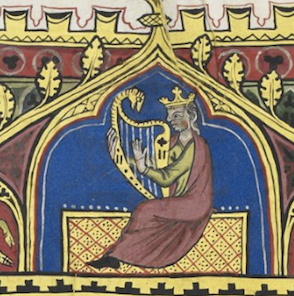The poet C J Dennis asked “What’s in a name?” declaring that a rose by any other name is just as sweet. So we might also ask, as we reach the 500th post, what’s in a number?
A little more than a thousand years ago, Western mathematicians and ‘natural philosophers’, as scientists were called, worked out that a space, a zero, was very helpful in writing numbers. Ditching pounds, shillings and ounces and counting by tens is a great idea. Reaching a hundred — either in birthdays or making a ‘ton’ in cricket — is a cause for celebration.
The concept of that all-important zero or nothingness is hard to imagine. The thought was in Job’s mind as he heard (Job 38):
4 “Where were you when I laid the earth’s foundation?
Tell me, if you understand.
5 Who marked off its dimensions? Surely you know!
Who stretched a measuring line across it?
6 On what were its footings set,
or who laid its cornerstone—
7 while the morning stars sang together
and all the angels shouted for joy?
The chapter goes on for quite a while in this vein, sounding quite like a psalm in its flowing poetic imagination.

Actually, writers were grappling with the idea of nothingness, and how to write it, much earlier than in the European medieval monasteries and academies.
Thousand of years earlier, the Mesopotamians used a double wedge symbol for zero. Positional notation (put a 2 in the second column and it becomes 20) was developed in India and in some Babylonian and Arab writings many centuries earlier than in the West. These ideas migrated to Greece and Europe with the help of Islamic scholars, but for many years Roman numerals were set in the church-state concrete centred on Rome.
Still, there’s nothing special about 500. It’s just a number made significant if we count things by lots of tens, rather than dozens or scores or sixes. For once, the Roman numeral system which allows you to write a simple D instead of 500 might have some appeal.
However you slice and dice it, 150 psalms is a fine number. Some early manuscripts followed the easy path of shuffling them in to three books of 50, rather than the five books we have today (no, not 30 each). An early manuscripts blog by the British Library provides the following explanation:
The Psalter’s large initials together with multi-coloured script divide the text in three parts at Psalms 1, 51 and 101, in a division of the so-called ‘three fifties’ that is found in English, but not most Continental manuscripts. The scribe used initials with interlace decoration, some zoomorphic elements and capital letters of varying size and colour to enhance the importance of these pages.
The beautful Bosworth Psalter, Aug 2017
So here we are at 500, nearly a decade after the first post (which wasn’t about the psalms anyway). Those nine years in liturgical terms represent three times around the Common Liturgy cycle of weekly psalms, say 50 a year, some being omitted, some repeated. Then posts were added for each of the psalms that never appear in the RCL. Every psalm is addressed at least once.
So forgive me if I mark the moment with a little ceremony.
This blog has always been motivated by the music rather than ‘religion’. The psalms are perhaps the most widely used lyrics in the world — in Judaism, in Christianity, in Islam and in secular song. So here’s to the many composers who have been inspired to blend text and tune, add harmony and those wonderful instruments, human voices.
I raise a vote of thanks to the many writers of those 150 psalms: David of course, with almost half credited to his name, but also Asaph, the Sons of Korah, and one or two by Moses and Solomon and others. What about the women contributors, poets and singers who, according to the ways of the time were ignored in history written by men?
Here’s to the singers who, with or without compositions, dots, orchestra, lyre or any other support, have creatively and passionately told the story of the psalms in song over the millennia.
And here’s to the powerful themes of love, justice, equity and integrity that flow through the Psalter, holding us and our leaders up to the clear spotlight of divine standards.
So perhaps we mark the occasion with the last psalm, 150, as interpreted by that old master J S Bach. It’s an extensive, fast and demanding sing, but online recordings abound, including a nice one by a fine Malaysian group. However, here’s the Netherlands Bach society, a group which has recorded all of Bach’s works, with Singet dem Herrn, BWV 225:
After nearly a decade of pages and posts, the 500 post milestone may well also signal a reduction in frequency and extent of future notices.
Should no post appear each Tuesday or Wednesday for the following Sunday’s psalm, as has generally been the case, use the numerical index page or the search or archives functions in the sidebar at right to find a particular psalm or theme.





Well congratulations! That’s quite an achievement – and quite a post to mark the occasion, too. Excellent research as usual, if somewhat more extensive than usual. With typical modesty you failed to mention that while a 100th birthday is a cause for celebration in our decimal-based society, some of us like to celebrate the 68th as well 😊. So double congratulations.
Peter
Hi Brendan – What a fantastic contribution over a long period of time!! You have created a wonderful reference resource on the Psalms as well as bringing them to life with singing in worship over many years.. Thank you!!
‘Well done!’ doesn’t cut it, Brendan. Your commentary and elucidation of the psalms over this time has been a great contribution! Thank you!